As the aviation industry continues to evolve, maximizing the efficiency of airport operations is becoming increasingly important. Folding wingtip technology has emerged as a groundbreaking solution to this challenge, allowing large, widebody aircraft to operate at airports with limited infrastructure. By reducing the required gate width, folding wingtips enable these aircraft to use narrower gates, significantly improving the compatibility of aircraft with smaller airports and existing infrastructure. The Boeing 777X is the first commercial aircraft to incorporate this innovative technology, setting a new benchmark for airport flexibility..
1. How Folding Wingtips Work
Folding wingtips are designed to enable aircraft to alter their wing span during operations, with the ability to retract or extend the wingtips depending on the situation. When the aircraft is on the ground or preparing for takeoff, the wingtips fold inward, reducing the overall width of the aircraft. During flight, the wingtips are deployed to their full length for maximum aerodynamic efficiency and performance.
Key Mechanics of Folding Wingtips:
- Retractable Mechanism: The folding wingtips are powered by hydraulic actuators that allow the wingtips to move in and out with precision. The mechanism is designed for rapid deployment, typically taking about 20 seconds to fully extend or retract.
- Structural Reinforcement: While the wingtips are folded, the design ensures that the structure of the wings remains safe and strong enough to handle the stresses of flight. Reinforced hinges and locking mechanisms ensure that the wings are stable in both retracted and deployed positions.
- Aerodynamic Efficiency: When extended, the wingtips contribute to the aircraft’s overall aerodynamic performance, reducing drag and improving fuel efficiency, especially during cruise flight. This design allows aircraft to balance airport compatibility and flight performance.
2. The Role of Folding Wingtips in Airport Operations
Airport infrastructure is often a limiting factor in the size and type of aircraft that can operate at a given airport. Many older airports or those with space constraints are not equipped with wide gates that can accommodate larger aircraft like the Boeing 777. However, with folding wingtips, these aircraft can reduce their wingspan when on the ground, enabling them to fit into smaller gates and navigate tighter spaces.
Optimizing Gate Utilization:
- Reducing Gate Width by 12-15%: The folding wingtip system allows aircraft like the Boeing 777X to reduce their gate width requirement by approximately 12-15%. This is especially beneficial at airports with limited space where the expansion of gate sizes may be challenging or expensive.
- Increased Airport Compatibility: The ability to use smaller gates means that airlines can operate larger aircraft at regional airports or secondary airports without needing to upgrade the existing infrastructure. This can help airlines expand their route networks and increase operational efficiency.
Economic and Operational Benefits:
- Cost Savings: Airports that do not need to undergo costly expansions of gate infrastructure can save on capital expenditures. Airlines can also benefit by being able to operate larger aircraft without requiring specific airport modifications.
- Improved Airport Turnaround Times: With the quick retracting and extending mechanism, aircraft like the Boeing 777X can reduce time spent on the ground during gate assignments. This helps improve overall airport turnaround times, which is crucial for maximizing airline productivity and meeting tight schedules.
3. The Boeing 777X: A Pioneer of Folding Wingtip Technology
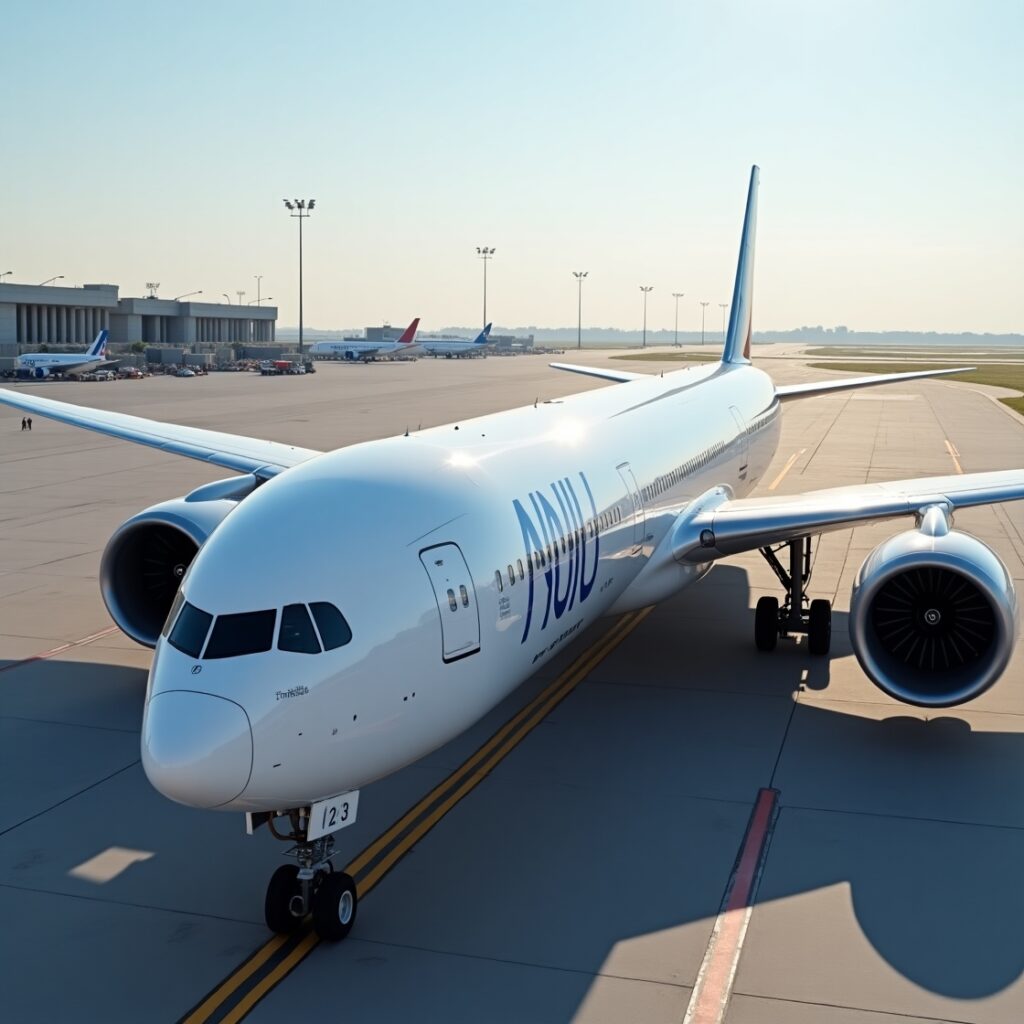
The Boeing 777X is the first commercial aircraft to feature the folding wingtip technology, revolutionizing the way widebody aircraft can be deployed at airports. This aircraft is a next-generation widebody designed to replace older models like the Boeing 747 and the Boeing 777 while maintaining the same operational capabilities with improved efficiency.
Key Features of the Boeing 777X with Folding Wingtips:
- Wingspan Reduction: The Boeing 777X has a wingspan of 199 feet and 11 inches when extended, which is larger than the wingspan of the current Boeing 777 at 199 feet. However, the folding wingtips reduce this to just 199 feet when retracted, making it compatible with many airport gates that were previously too narrow to accommodate the aircraft.
- Extended Range and Efficiency: The 777X incorporates new engine technology, including the GE9X engines, which offer 15% better fuel efficiency compared to previous models. The folding wingtips also improve aerodynamics, contributing to better fuel economy during flight.
- Passenger Comfort: The Boeing 777X is equipped with larger windows, improved cabins, and quieter engines, providing a more comfortable flight experience for passengers. The incorporation of folding wingtips does not compromise the passenger experience, despite the aircraft’s larger size.
Testing and Deployment:
- Operational Testing: The 777X has undergone extensive ground tests to ensure that its folding wingtip mechanism is both reliable and efficient. These tests have included scenarios that simulate real-world conditions at various airports.
- Entry Into Service: The Boeing 777X is expected to enter commercial service around 2025. Once in operation, it will not only provide increased passenger capacity and range but also significantly improve airport operations at airports that might not have been able to accommodate such large aircraft previously.
4. Future Applications and the Impact on Airport Design
As more airlines and aircraft manufacturers begin to implement folding wingtip technology in their fleets, airports may begin to see widespread benefits from this innovation. While the Boeing 777X is currently the most high-profile example, other aircraft designs, such as the Airbus A350XWB or future Boeing aircraft, could incorporate similar systems in the coming years.
Impact on Smaller Airports:
- Expanding Service Options: Smaller or regional airports can now support large long-haul aircraft, which were previously confined to major hub airports. This opens up new possibilities for direct international flights from airports that were once restricted in their aircraft compatibility.
- Increased Traffic at Major Hubs: Major airports that handle large volumes of aircraft can optimize their gate assignments by allowing larger aircraft to use gates that are currently occupied by smaller planes. This helps improve traffic flow and reduces congestion at key airport hubs.
Adaptation by Other Airlines and Manufacturers:
- Competitor Innovations: Other aircraft manufacturers, such as Airbus, may adopt similar folding wingtip designs in future widebody aircraft to remain competitive with Boeing’s 777X. This could lead to widespread industry adoption of this technology as a standard feature.
Sustainability and Green Aviation:
As part of the ongoing push for sustainable aviation, folding wingtips could play a role in reducing fuel consumption. By enabling aircraft to use smaller gates, aircraft can reduce the time spent taxiing, which in turn can reduce carbon emissions. Moreover, the technology could facilitate the integration of green aviation technologies, like electric ground power units, that rely on the reduced size of the aircraft when docked at gates.
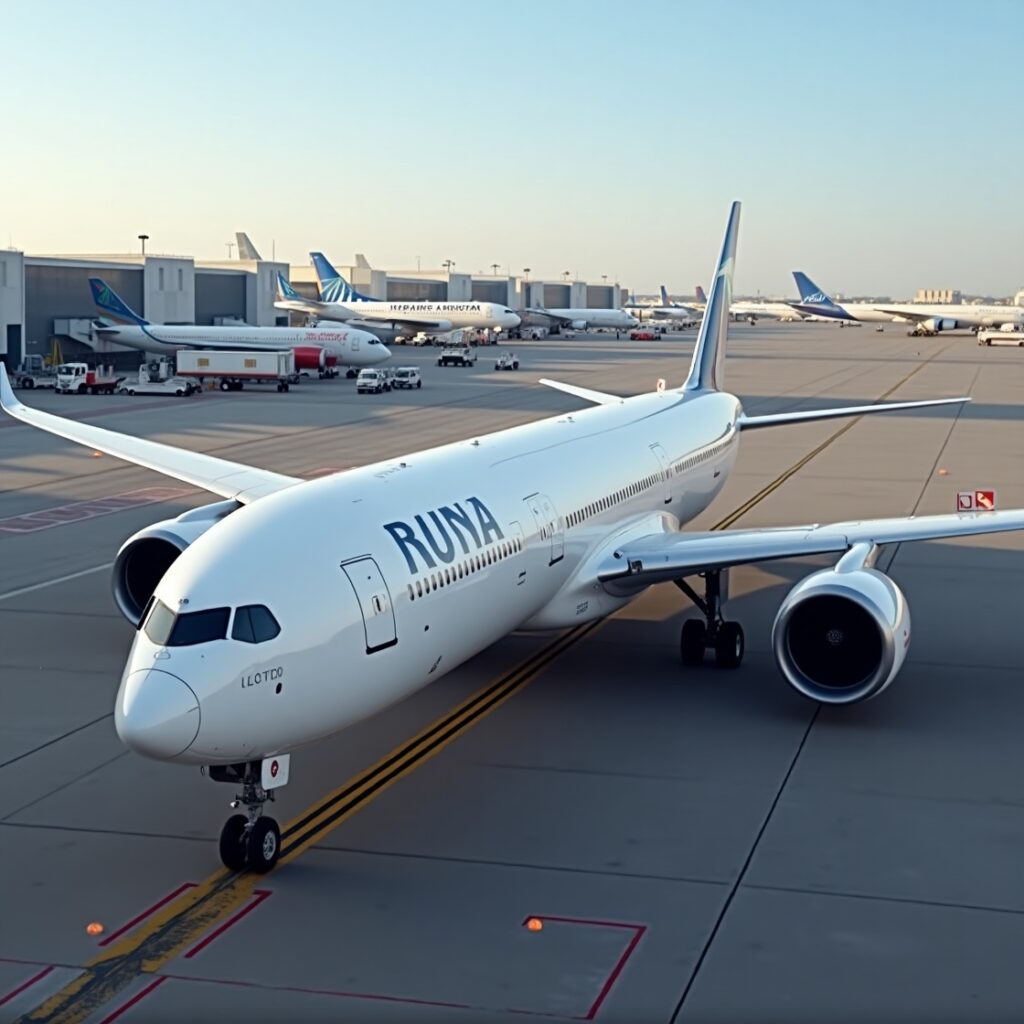
5. Conclusion: A Game Changer for Airport Infrastructure
Folding wingtips represent a major leap forward in aircraft design and airport infrastructure compatibility. With the Boeing 777X leading the way, the technology is poised to transform the way airlines and airports operate, providing greater flexibility, increased airport access, and cost savings for both parties. As aircraft continue to grow in size and efficiency, folding wingtips will play a key role in ensuring that these aircraft can operate efficiently and sustainably at airports of all sizes.
With the introduction of the Boeing 777X and the expected growth in air travel demand, folding wingtips will undoubtedly become a staple of modern aviation. The ability to optimize gate usage, enhance airport efficiency, and reduce environmental impact all point to a future where folding wingtips are a standard feature in next-gen widebody aircraft.
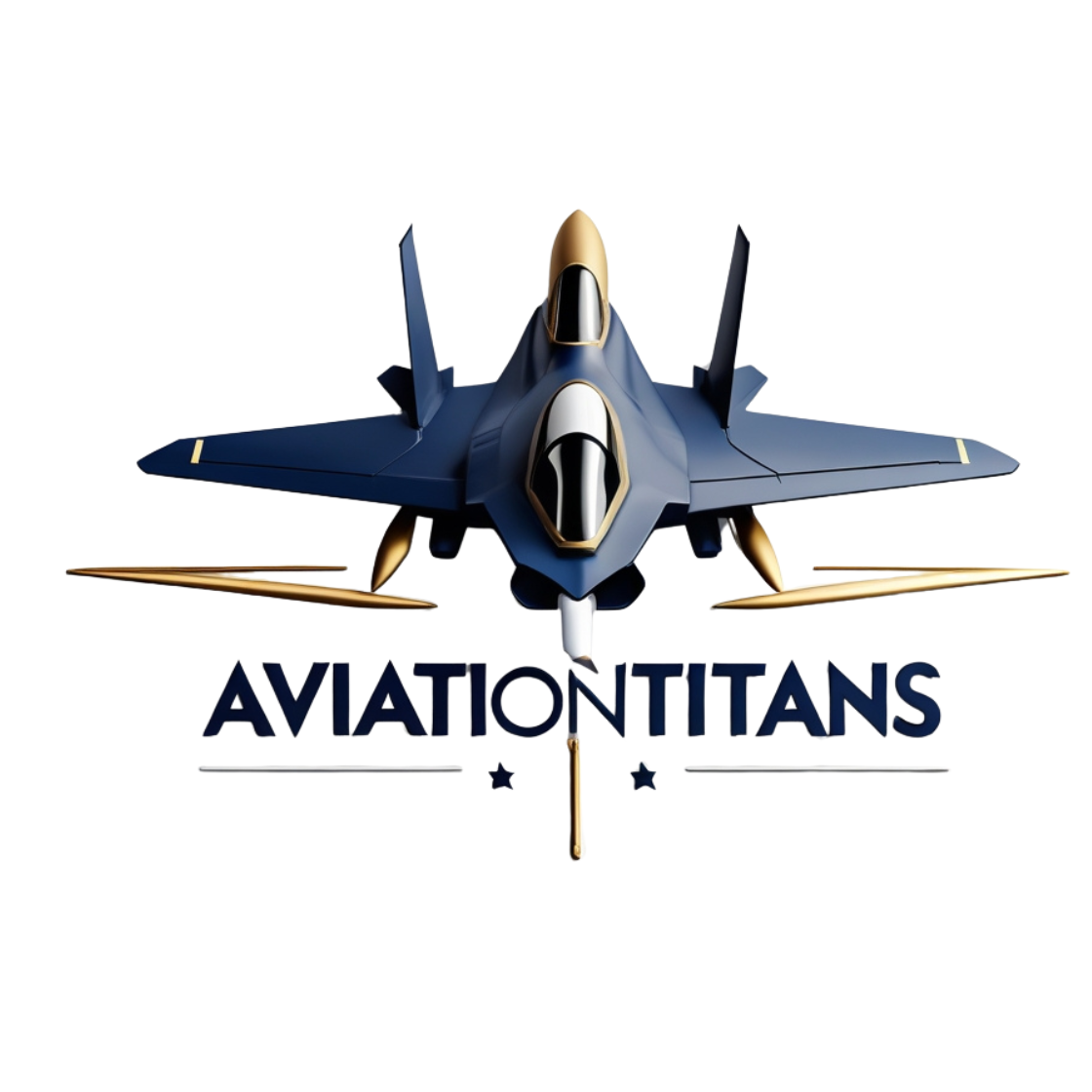
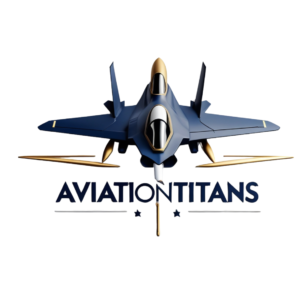

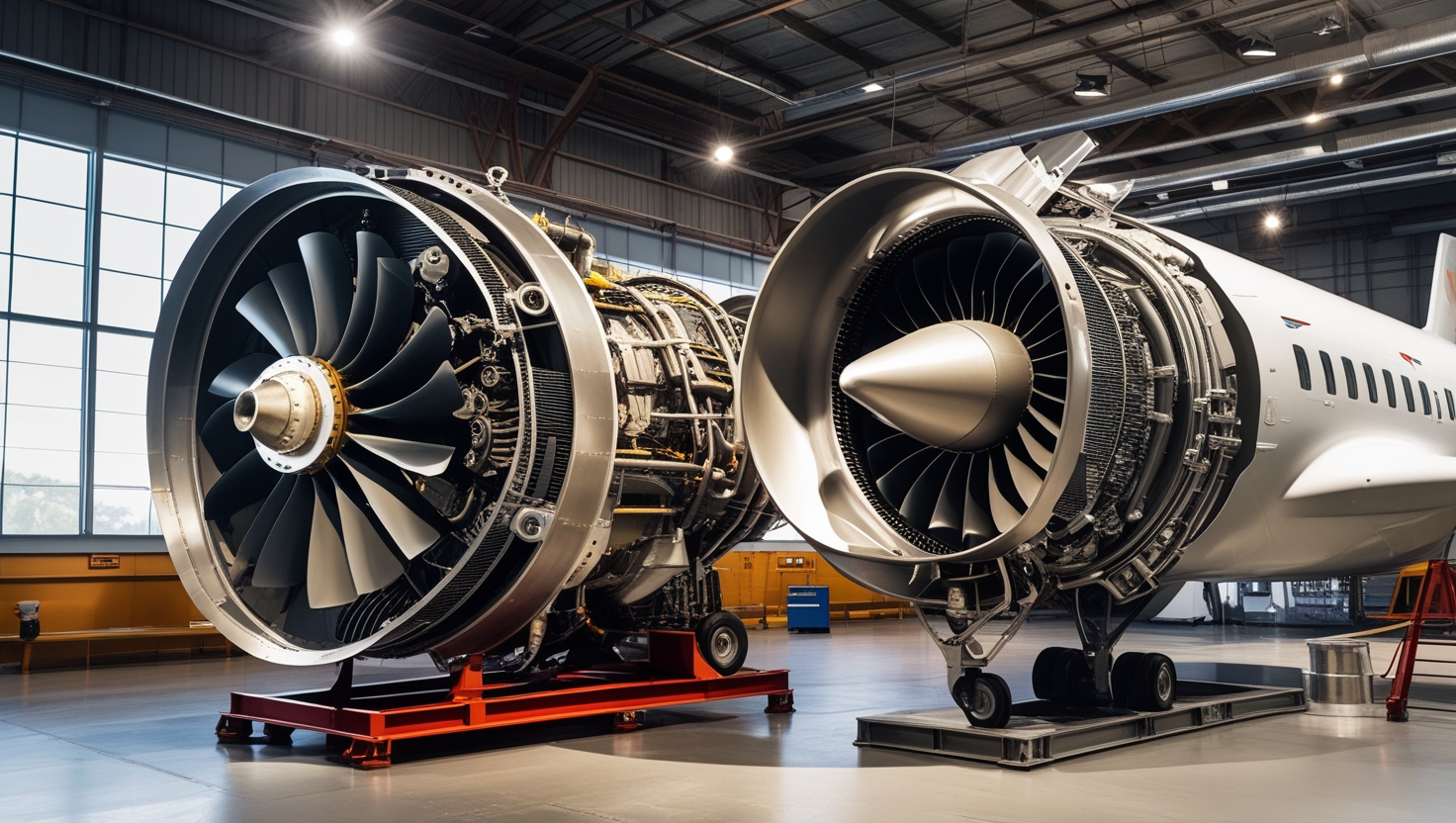


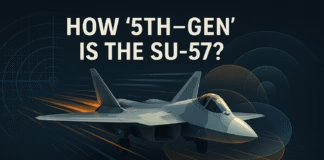
[…] For predictions about electric and hydrogen aircraft co-existing, explore our piece on the future of sustainable aviation. […]
[…] propulsion system that delivers superior thrust, fuel efficiency, and stealth. Derived from the F119 engine used in the F-22 Raptor, the F135 was specifically designed for the F-35’s demanding multirole […]
[…] For more on winglet efficiency, see our article: Winglets and Sharklets: Small Changes, Big Impacts (internal […]
I am not sure where you’re getting your information, but good topic. I needs to spend some time learning much more or understanding more. Thanks for great information I was looking for this info for my mission.